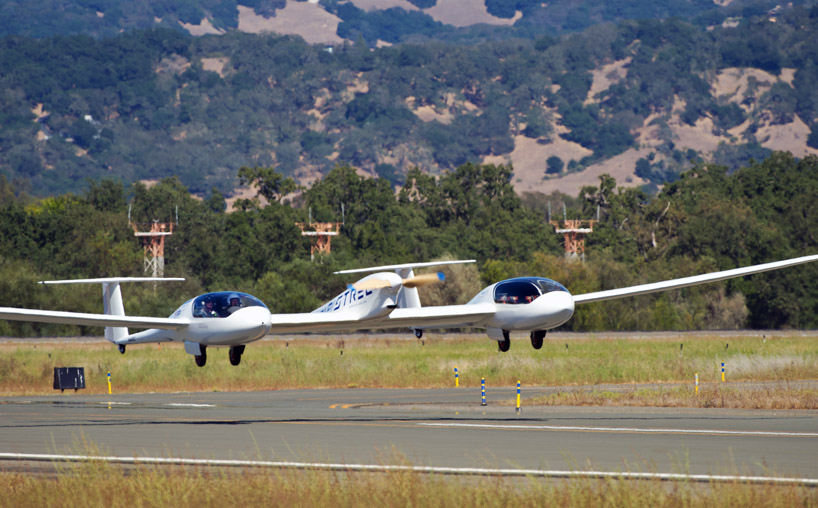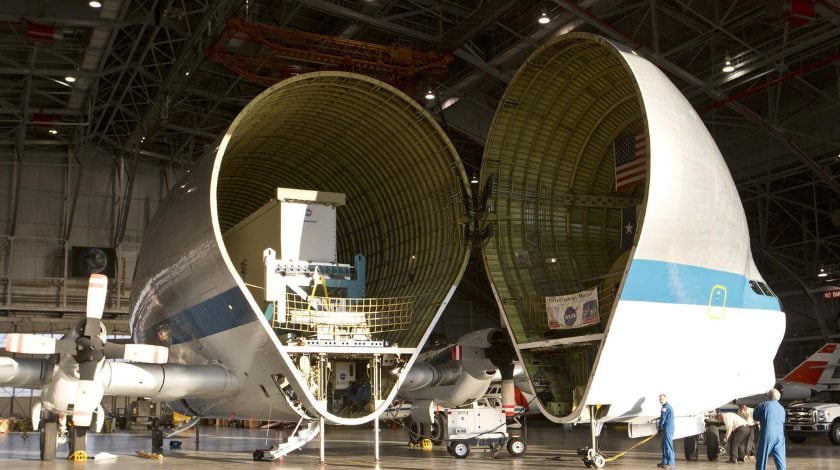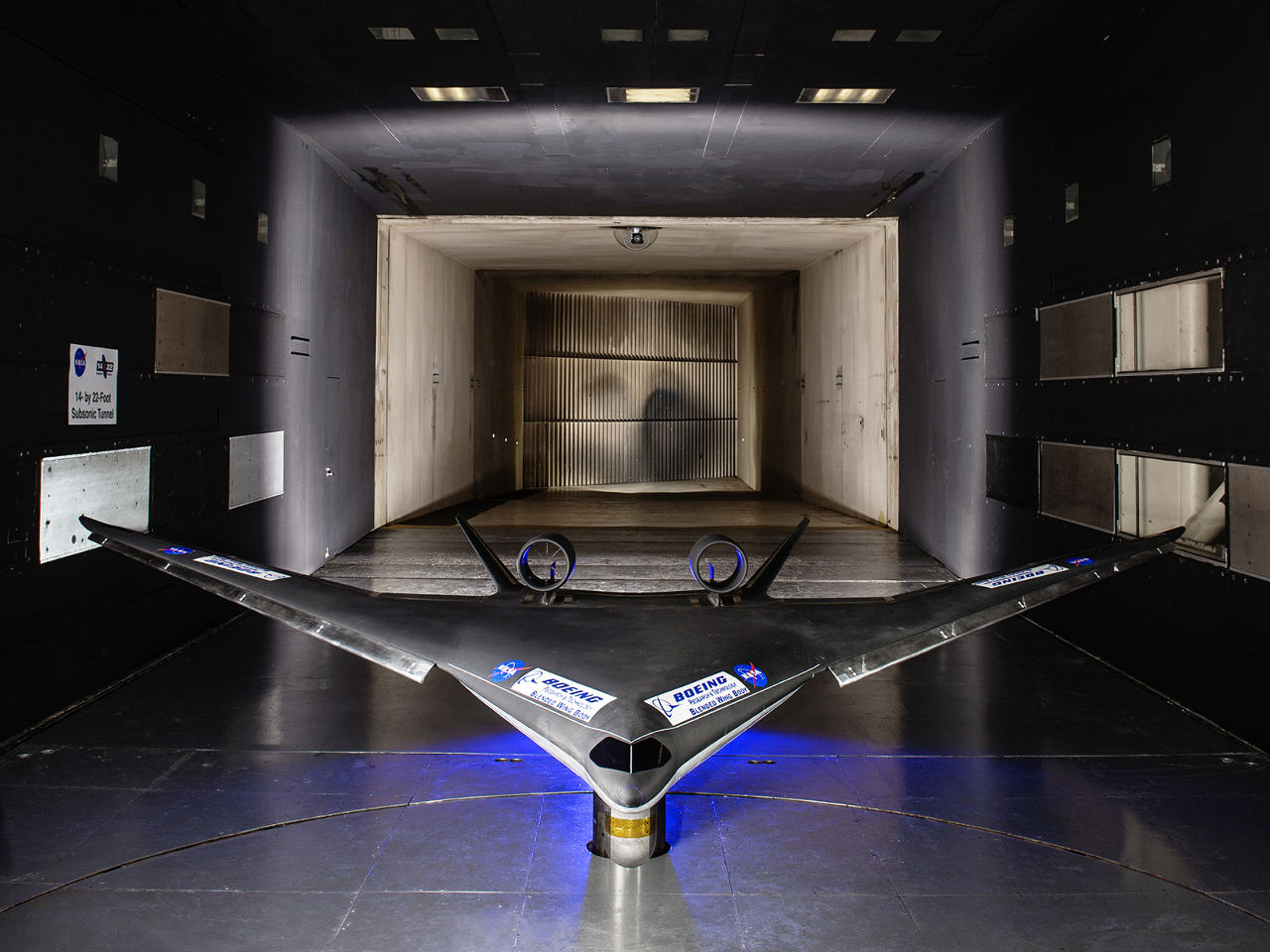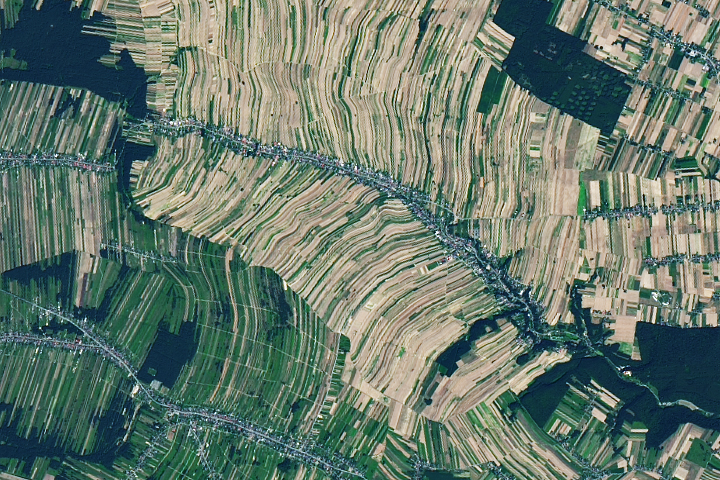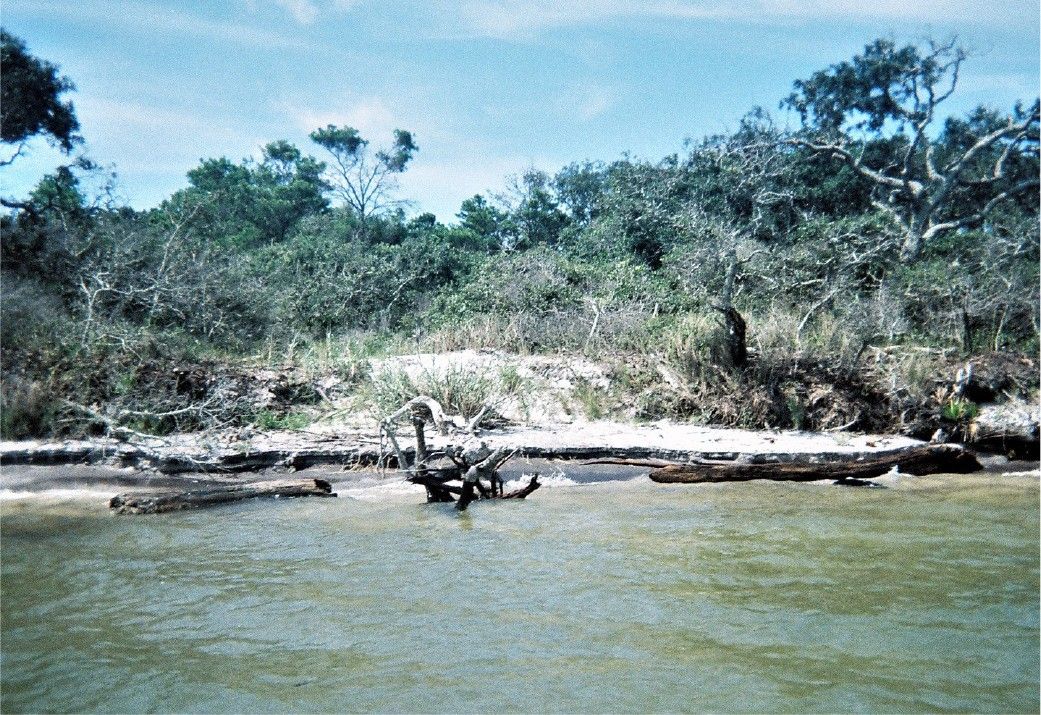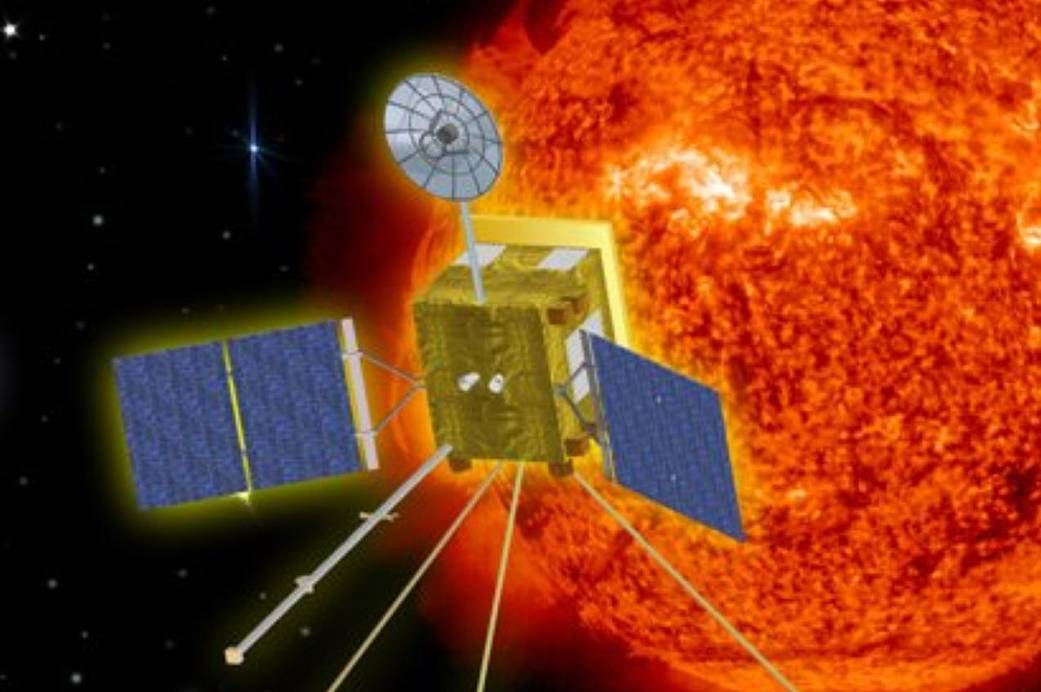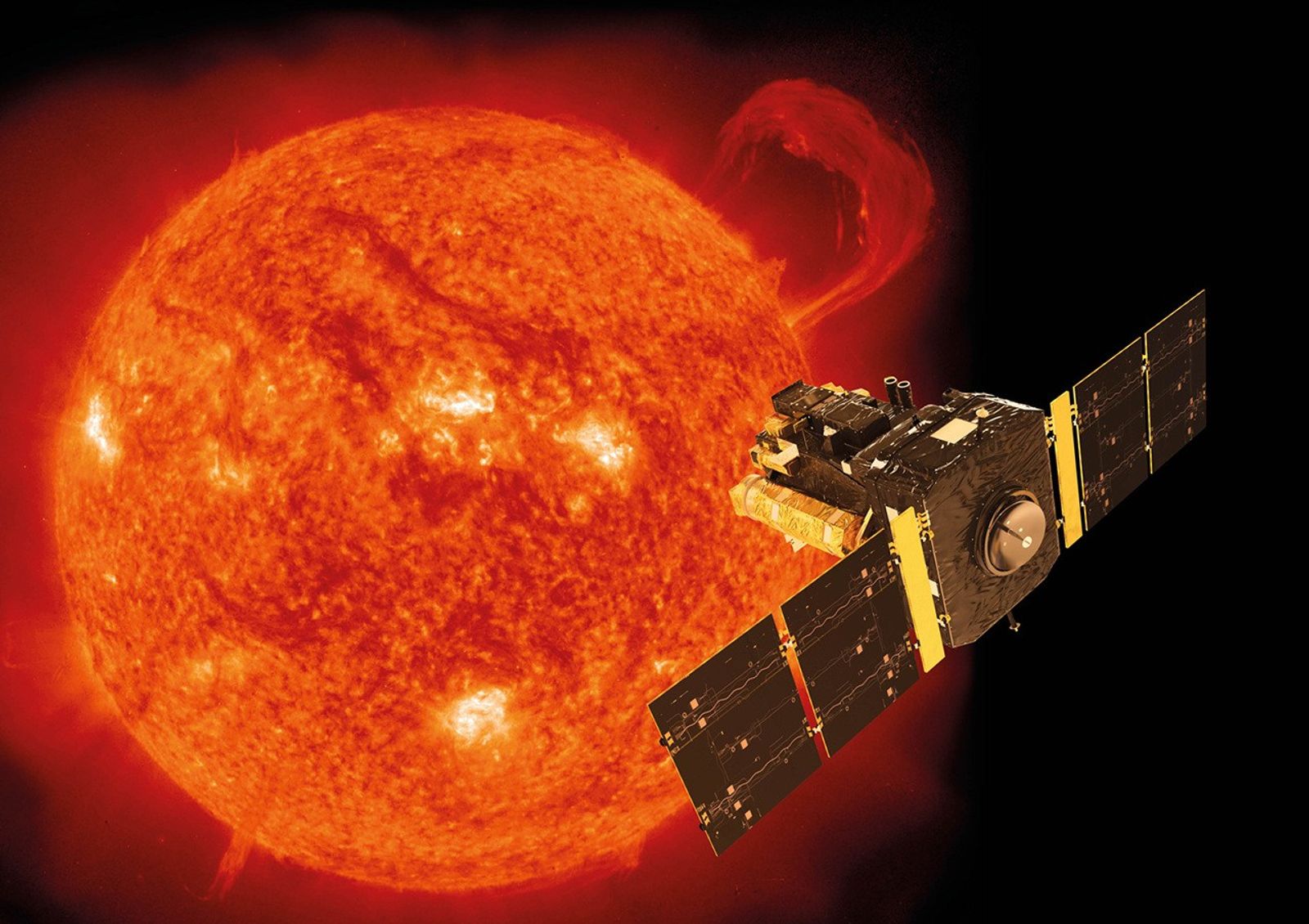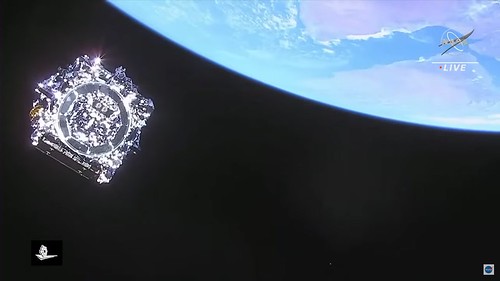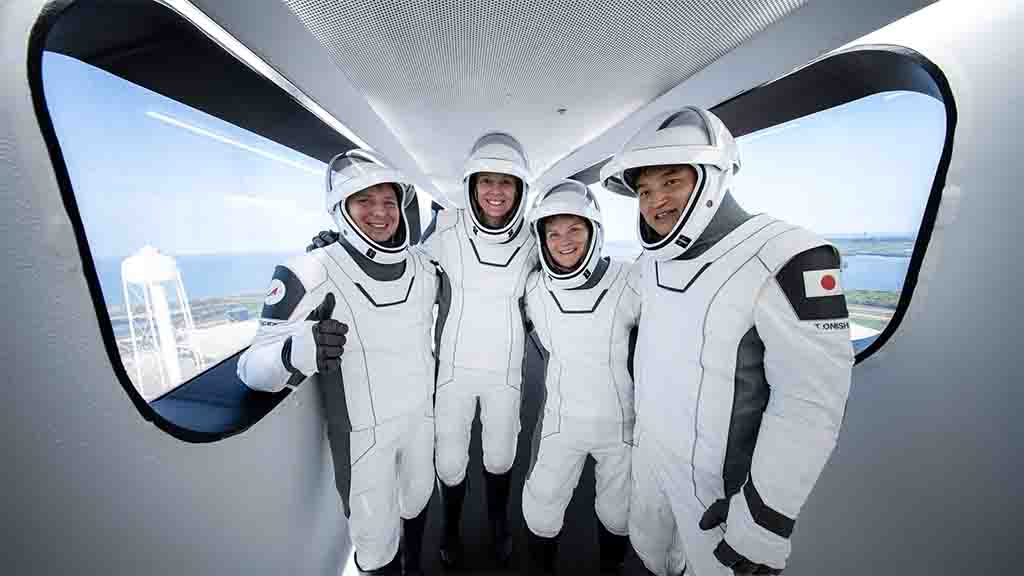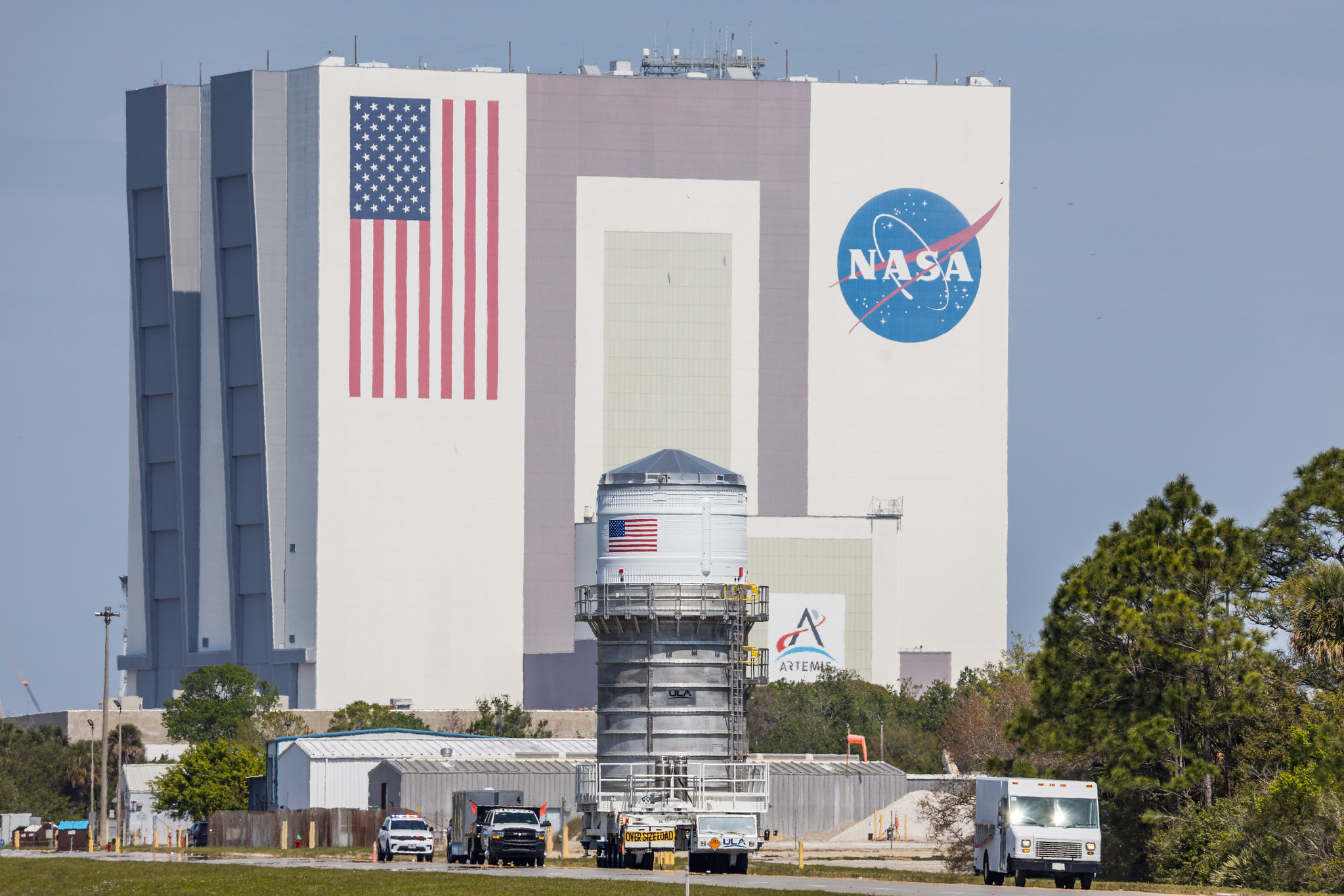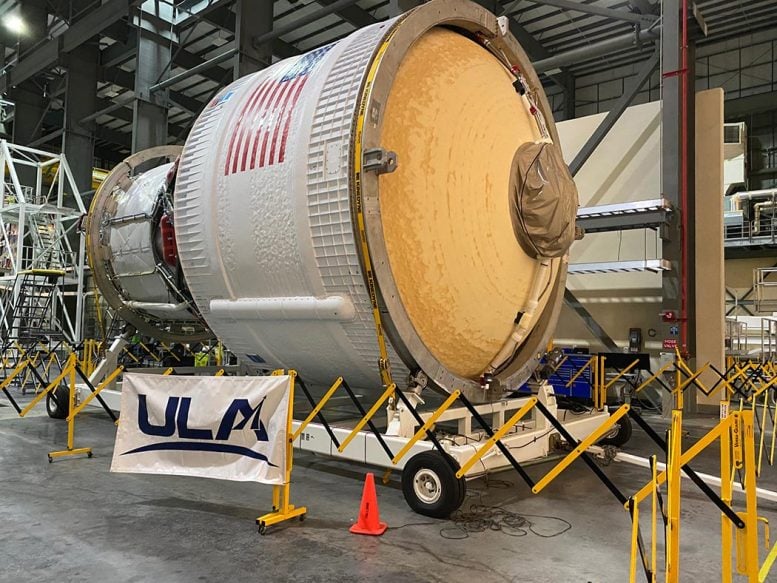NASA’s Innovations in Green Aviation: Paving the Way for a Sustainable Future
🌍 Introduction: Why Green Aviation Matters
The aviation industry is a major contributor to global emissions, with commercial aircraft accounting for 2-3% of global CO₂ emissions. As air travel demand grows, the need for sustainable solutions is more urgent than ever.
Enter NASA’s Green Aviation Initiative—a series of groundbreaking projects designed to cut fuel consumption, reduce emissions, and revolutionize air travel. From electric and hydrogen-powered aircraft to advanced aerodynamics and sustainable fuels, NASA is shaping the future of eco-friendly aviation.
So, what are these innovations, and how will they change the way we fly? Let’s explore!
🌱 The Key Challenges of Aviation Sustainability
Aviation’s environmental impact stems from several factors:
✈️ High Fuel Consumption: Jet fuel releases carbon dioxide (CO₂) and other pollutants.
🌍 Greenhouse Gas Emissions: Aviation is responsible for non-CO₂ effects, including contrails and nitrogen oxides (NOx).
🔊 Noise Pollution: Aircraft engines generate noise, affecting urban communities.
To tackle these issues, NASA has been working on multiple green aviation projects focused on fuel efficiency, alternative propulsion, and eco-friendly designs.
🔬 NASA’s Top Innovations in Green Aviation
NASA is pioneering several transformative projects under its Sustainable Flight Initiative. Let’s dive into some of the most exciting breakthroughs!
1️⃣ Electric & Hybrid Electric Aircraft
The future of emission-free aviation lies in electric propulsion. NASA is developing fully electric and hybrid-electric aircraft to eliminate or significantly reduce fossil fuel dependency.
🚀 NASA X-57 "Maxwell"
✅ 100% electric experimental aircraft
✅ 14 electric motors on specially designed wings
✅ Goal: Zero carbon emissions & ultra-efficient flight
🔋 Hybrid-Electric Propulsion
NASA is exploring hybrid-electric aircraft that combine traditional jet engines with battery-powered electric motors, cutting fuel consumption by up to 40%!
2️⃣ Hydrogen-Powered Aviation
Hydrogen fuel is emerging as a clean alternative to conventional jet fuel. NASA is working with industry leaders like Boeing and Airbus to develop hydrogen-powered aircraft.
🔬 Hydrogen Fuel Cell Technology
✅ Produces zero CO₂ emissions—only water vapor!
✅ Can power aircraft for long-haul flights.
✅ Challenges: Storage & infrastructure development.
🌍 The NASA-Airbus Hydrogen Partnership
NASA and Airbus are collaborating on hydrogen propulsion research, bringing us closer to a hydrogen-fueled future.
3️⃣ Sustainable Aviation Fuels (SAFs)
NASA is testing biofuels and synthetic fuels as greener alternatives to traditional jet fuel.
🌱 Key Benefits of SAFs:
✅ Reduce carbon emissions by 50-80%.
✅ Compatible with existing aircraft & infrastructure.
✅ Made from plant-based oils, waste materials, & algae.
NASA’s Alternative Fuel Effects on Contrails and Cruise Emissions (ACCESS) project has shown that SAFs produce fewer contrails, reducing their impact on global warming.
4️⃣ Advanced Wing & Fuselage Designs
NASA is designing ultra-efficient aircraft structures to minimize drag and maximize energy efficiency.
✈️ Blended Wing Body (BWB) Aircraft
✅ Wings and fuselage are integrated into one seamless shape.
✅ Reduces drag, leading to 30% less fuel consumption.
✅ Improves aerodynamic efficiency & passenger space.
🛩 Transonic Truss-Braced Wings (TTBW)
✅ Extra-long, ultra-thin wings supported by trusses.
✅ Reduces fuel use by 8-10%.
✅ Being tested for future commercial aviation applications.
NASA’s Sustainable Flight Demonstrator (SFD) project is working with Boeing to develop next-gen aircraft designs!
5️⃣ NASA’s Electrified Aircraft Propulsion (EAP) Project
NASA is integrating electric propulsion systems into commercial aircraft for fuel savings and emission reduction.
🔌 EAP Technologies Include:
🔹 Electric & hybrid-electric engines.
🔹 High-power batteries & energy-efficient turbines.
🔹 Lightweight materials for greater efficiency.
These technologies will enable future aircraft to be quieter, cleaner, and more efficient.
✈️ Real-World Applications: Who is Using NASA’s Innovations?
Several aerospace companies are already adopting NASA’s green aviation research:
✅ Boeing & NASA’s Sustainable Flight Demonstrator
🚀 Testing next-gen fuel-efficient aircraft.
✅ Airbus ZEROe Hydrogen-Powered Aircraft
🌍 Developing the first commercial hydrogen aircraft by 2035.
✅ United Airlines & Sustainable Fuels
🔋 Using biofuels and hybrid-electric aircraft for greener operations.
These collaborations bring NASA’s innovations closer to commercial adoption.
🔮 The Future of NASA’s Green Aviation Research
What’s next for sustainable aviation? NASA is working on:
🌱 Fully electric commercial aircraft by 2040.
🔬 Advanced hydrogen propulsion for long-haul flights.
✈️ Ultra-lightweight, energy-efficient aircraft designs.
NASA’s vision is clear: Net-zero emissions aviation by 2050!
🔍 FAQs: NASA’s Green Aviation Innovations
1. How is NASA making aviation more eco-friendly?
NASA is developing electric aircraft, hydrogen fuels, and fuel-efficient designs to reduce aviation’s environmental impact.
2. What is the most promising green aviation technology?
💡 Electric & hydrogen propulsion have the highest potential for zero-emission flights.
3. Will airlines adopt NASA’s innovations?
Yes! Major airlines are already testing hybrid-electric planes & SAFs, bringing green aviation closer to reality.
4. When will we see electric passenger planes?
Small electric aircraft may enter service by 2030, with larger models following in 2040-2050.
5. Can sustainable aviation fuels replace jet fuel?
SAFs can reduce emissions but are not yet scalable. Hydrogen & electric solutions will be key for long-term sustainability.
📢 Join the Green Aviation Movement!
🌍 Do you think electric planes are the future of air travel? Let us know in the comments!
📲 Share this post using #GreenAviation #NASA #FutureOfFlight.
🔗 Related Posts:
- NASA’s Chevron Technology: Quieter, Greener Skies
- The Future of Electric Planes: NASA’s X-57 Maxwell
🖼️ Hero Images for Your Blog Post
1️⃣ NASA X-57 Electric Aircraft
2️⃣ Hydrogen-Powered Aircraft Concept
🚀 Your article is fully optimized & ready for Blogger! Just copy-paste, add images, and schedule! 😊🔥 Let me know if you need tweaks!
